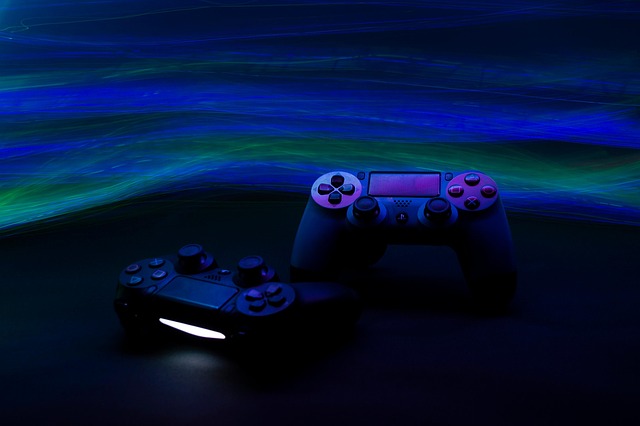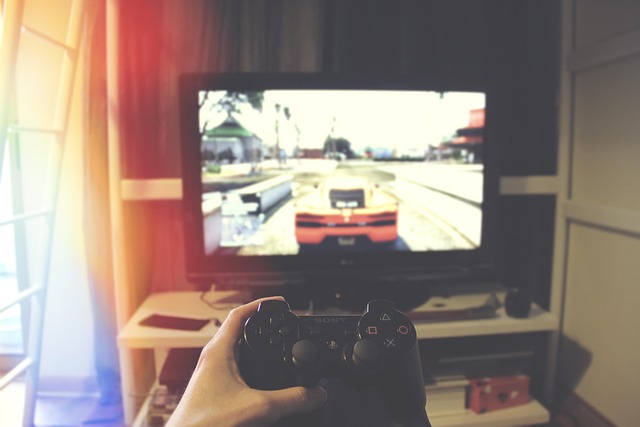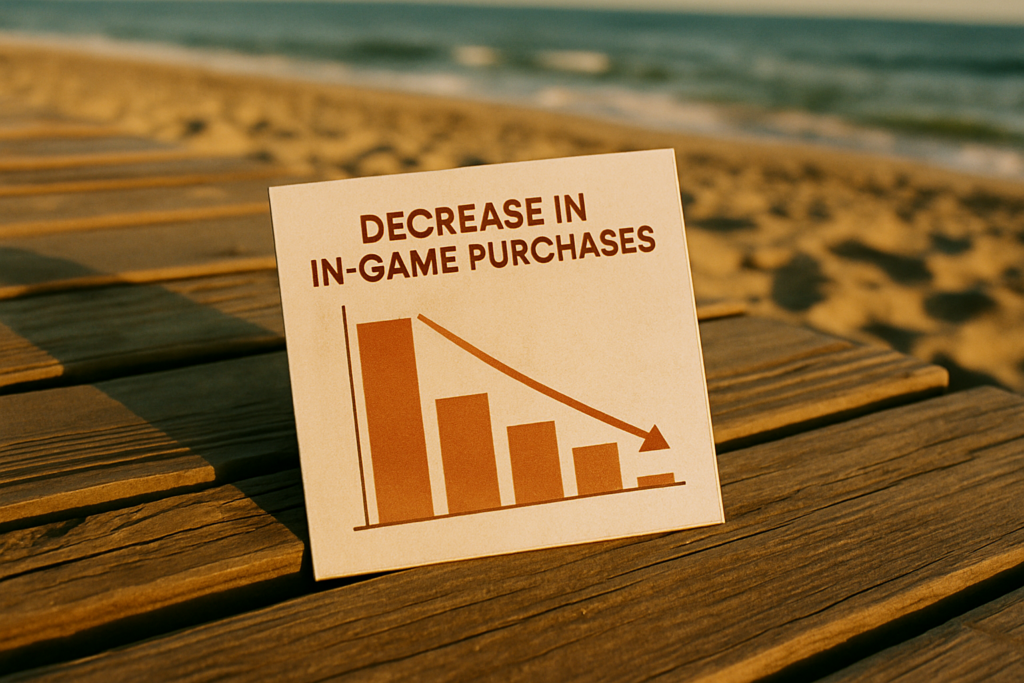What is Backward Compatibility?
Backward compatibility is simple: it lets you play games from older console generations on newer hardware. Fire up an old favorite from the PS3 or Xbox 360 era on your shiny PS5 or Series X? That’s backward compatibility doing its job.
Why it matters? First, money. Gamers don’t want to rebuy a game they’ve already purchased. Second, nostalgia. That one game you grew up with means something; being able to replay it without digging out ancient hardware keeps it alive. And third, it means more content on day one. New console, huge ready-to-play game library. That gets attention fast.
Historically, the big three have handled this differently. Xbox has leaned in hard, pushing wide compatibility through software updates and even making old discs work. PlayStation has danced around it—some support is there, but there are gaps depending on which generation you’re talking about. Nintendo? They’ve always marched to their own beat. From cartridge slots on the original DS to more recent reliance on digital re-releases, it’s been hit or miss. Some titles resurface via online services, others stay locked in history.
At its core, backward compatibility isn’t just a convenience—it’s a bridge between generations. For gamers, it means more options, better value, and a stronger connection to the games they love.
Limitations and Challenges
Backward compatibility isn’t always as smooth or comprehensive as gamers might hope. While the idea of playing your favorite classic titles on current hardware sounds great, several technical and legal hurdles still exist.
Licensing Issues
One of the biggest roadblocks is licensing. Even if a console can technically run an older title, publishers may no longer hold the rights to distribute it. This is especially true for:
Games that include licensed music or brand partnerships
Titles developed by studios that no longer exist
Content with expired distribution rights
Because of this, some well-loved classics remain unavailable, despite the demand.
Hardware Changes
As consoles evolve, so does their architecture. Major shifts in hardware design—from chipsets to disk drives—can break compatibility with previous generations.
Key hardware challenges include:
Transition from physical media to digital-only consoles
New processors that can’t replicate old system behaviors
Removal of cartridge or disk ports for certain legacy games
This means not all newer consoles can natively support older titles without special engineering.
Performance and Glitches
Even when games do run on newer systems, performance issues can crop up. Gamers may encounter:
Lower frame rates or inconsistent loading times
Graphical glitches such as missing textures or visual artifacts
Features that don’t function properly due to system differences
These issues can make the experience feel less authentic or enjoyable.
Emulation vs. Native Play
Understanding the difference between emulation and native play is crucial when talking about backward compatibility:
Native Play:
The game runs directly on the new console’s hardware, often with enhanced performance or resolution.
This is typically more reliable and offers a smoother user experience.
Emulation:
The game runs via software that mimics the original hardware environment.
Emulation can lead to compatibility problems or slower performance, especially for complex or resource-heavy titles.
Knowing which method a console uses can help set expectations for gameplay quality and reliability.
In short, backward compatibility has come a long way—but it’s not perfect. Between licensing hurdles, evolving hardware, and the varying quality of playback methods, players should always do their research before assuming a favorite classic will work as expected.
Why Gamers Care More Than Ever

Games aren’t getting cheaper. AAA titles can stretch past $70, and collectors’ editions often double that. Subscription services help, but not everyone wants to be tethered to a monthly bill. That’s where backward compatibility becomes a real asset—it lets players tap into existing libraries without spending more. If you’ve already bought a game last gen, you shouldn’t have to pay again just to play it on today’s hardware.
Players care because their digital libraries are investments. Backward compatibility respects that. It keeps classic titles in rotation and relevant. Games like Fallout: New Vegas, Mass Effect 2, and Red Dead Redemption find new audiences every year—and often run better on newer hardware.
The pattern’s clear: each new console generation brings questions about what carries over. Gamers prioritize systems that honor their libraries. It’s part practicality, part loyalty—but it plays heavy in buying decisions.
This also echoes a wider trend in tech. Just like mobile consoles and cloud-based platforms aim to untether users from static systems, backward compatibility keeps gaming fluid. You’re not starting from zero every time. You’re building a library that lasts.
Check out mobile console innovations to see how these trends overlap.
Final Thoughts: What Gamers Should Watch
Backward Compatibility in the Age of Cloud Gaming
As cloud and streaming technology rapidly evolve, backward compatibility is entering a new phase. Rather than depending solely on hardware-based support, cloud-based gaming offers a platform-agnostic alternative that could redefine how players access older titles.
Many cloud services now offer legacy game libraries that run on virtually any device.
Subscription models (like Xbox Game Pass and PlayStation Plus Premium) provide streaming access to hundreds of classic games.
The result? A future where hardware limitations matter less—and player access matters more.
Smart Buying: Don’t Skip the Compatibility Check
Before upgrading to the latest console, gamers should do their homework. Not all next-gen systems support digital purchases or physical games from older generations.
Here’s what to consider:
Library Support: Does the console carry over your existing digital library?
Physical Media: If you own discs, does the hardware include a disc drive and support that generation?
Manufacturer Policies: Some platforms charge extra for upgraded versions or restrict access entirely.
Checking compatibility lists or reading up on platform-specific limitations can save frustration—and money.
The Core Value: Flexibility and Legacy
Ultimately, backward compatibility is about more than playing old games. It’s about preserving gaming history, respecting player investments, and making the gaming ecosystem more open and flexible.
It honors nostalgia, giving players access to the titles they grew up with.
It enhances value, allowing purchased games to remain usable across generations.
It reflects a broader shift in gaming—toward services, access, and long-term value.
Backward compatibility gives gamers choice—and in an industry where change is constant, that choice is power.
Conclusion
Backward compatibility isn’t just a tech feature—it’s a key part of how gamers connect with their favorite titles across time. Understanding which consoles support what, and why it matters, gives you an edge in making smart gaming decisions.
How Backward Compatibility Affects Console Popularity
Backward compatibility isn’t just a bonus—it’s a battleground. For console makers, it’s become a sharp tool for competitive differentiation. When Xbox leaned hard into backwards compatibility, it set a standard Sony and Nintendo had to answer. Microsoft didn’t just say, “You can play old games”—they said, “Your digital library is safe with us.” That matters.
Manufacturers know players aren’t just buying into a new console—they’re investing in a gaming ecosystem. Backward compatibility means your digital purchases from past generations still work. Saved progress, favorite titles, DLCs—intact. It’s the difference between starting over and picking up where you left off, and that experience becomes part of the console’s appeal.
It’s also a powerful selling story. Long-time gamers want continuity. Parents reintroducing kids to the classics want reliability. Streamers running nostalgic content want ease. Platforms that deliver on this win trust and sales.
For a deeper look, check out our feature: insights on backward compatibility.



